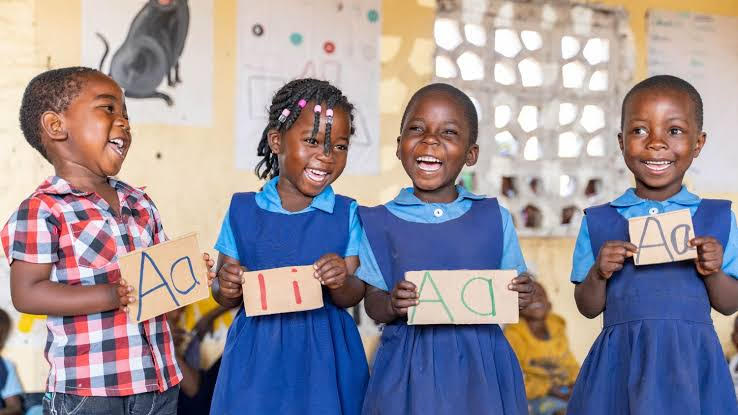From Classrooms to Communities: Creating Equal Opportunities for Children

From Classrooms to Communities: Creating Equal Opportunities for Children
From classrooms to communities, creating equal opportunities for children is one of the most powerful ways to build a fairer and stronger society. Education is not just about what happens within the four walls of a classroom; it is about shaping environments where every child, regardless of background, has the chance to thrive. When children are given equal access to learning and the resources they need to succeed, the benefits ripple far beyond schools, transforming families, neighborhoods, and entire nations.
Equal opportunities begin with ensuring that every child can access quality education. In many places, this remains a challenge as poverty, gender inequality, disability, and location continue to limit children’s chances of going to school. A child in a rural village may struggle with long distances to the nearest school, while another in an urban slum may face overcrowded classrooms with limited materials. Girls in some communities may be denied education altogether due to cultural expectations or early marriage. Without intervention, these barriers widen the gap between children who have opportunities and those who do not.
Bridging this gap requires a collective effort. Governments must invest in building schools, training teachers, and providing learning materials. Communities must support inclusive practices, ensuring that children with disabilities or those from disadvantaged backgrounds are not left behind. Non-governmental organizations, private partners, and global initiatives can complement these efforts by funding scholarships, building infrastructure, and creating innovative solutions to make learning accessible.
However, education does not end in the classroom. Creating equal opportunities also means equipping children with life skills, values, and a sense of belonging in their communities. Programs that focus on health, nutrition, mentorship, and digital literacy strengthen the foundation that children need to succeed. When schools partner with communities, they create safe spaces where children can dream big and work toward those dreams with confidence.
The long-term impact of equal opportunities is profound. Children who are educated and supported become adults who contribute positively to society. They are more likely to secure jobs, break free from poverty, and uplift others around them. Communities with educated children are healthier, more innovative, and more resilient in the face of challenges.
Creating equal opportunities for children is not just a moral duty; it is a smart investment in the future. When every child, whether in the classroom or community, has the tools to grow and succeed, we build a world where talent and potential—not background or circumstance—determine success. From classrooms to communities, equal opportunity is the bridge to a brighter and more inclusive future.






